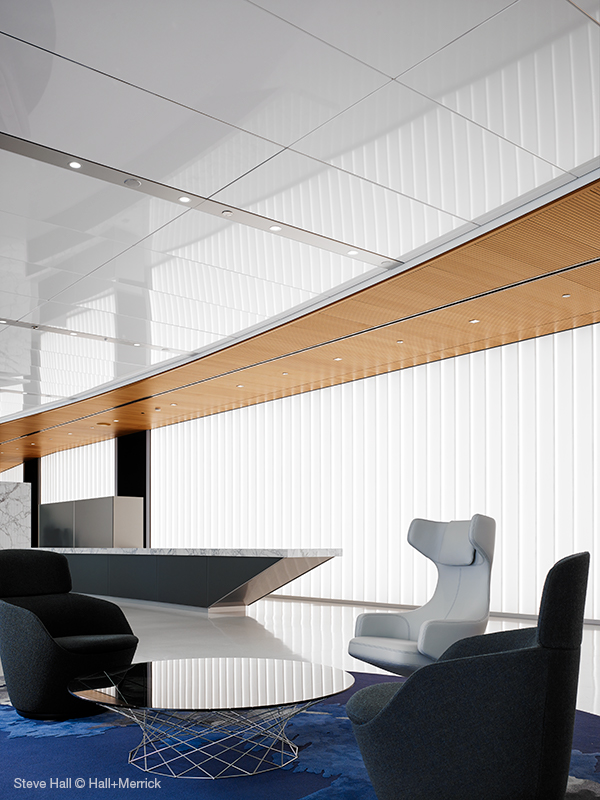Interview: The Power of Perception – Glass in 2017
Katy Devlin, editor, Glass Magazine

TGP spoke with Glass Magazine editor, Katy Devlin, to discuss the power of perception in the glazing industry, and how one of today’s widely held assumptions about glass and framing continues to impact the future of the building industry.
What is one of the most important stereotypes to change about glass and framing? Why would changing this mindset prove beneficial to the long-term success of the glazing industry?
The most harmful perception of the industry is that glass is a poor energy performer. The glass industry has made incredible strides in developing better and better performing products—glazing systems that offer thermal performance that was previously considered impossible; more advanced low-emissivity coatings on more surfaces of the glass; dynamic glasses and window systems that integrate with building management systems to block or allow daylight as needed; and many more. Yet, despite these advancements, there is still the view from some in the building and design field that less glass is better for building energy performance.
This perspective lead to the “Battle for the Wall” back in 2010 and again in 2014, when the glass and glazing industry came together to push back against proposals that would have greatly reduced the allowable window to wall ratio on buildings. Despite this victory, the fight over glass performance continues. Everyone up and down the glass industry supply chain needs to work together to boost the perception of the industry in the greater building community.
Glass Magazine has covered this topic extensively over the years, most recently in a major feature in the January/February 2017 issue titled “Beyond the Battle for the Wall.”
Over the last few years, the glass industry has responded to the need to show the value-added benefits of glass. How have you seen manufacturers and suppliers rise to the challenge?
It seems industry companies have taken on two equally important tasks in the push to show the value-added performance benefits of glass and glazing.
First, they have dedicated enormous resources to R&D. This was the case even during the leanest years of the Great Recession. Even in the face of a plummeting construction economy, glassmakers and glazing system suppliers continued to invest in the future of the industry by developing new, better performing products.
Second, companies have been extremely proactive in finding ways to educate architects, specifiers, owners and GCs about the performance of these value-added offerings. I have been most impressed with the online performance modeling tools. Users can, for example, model the performance of digitally printed glasses or compare performance of low-E coatings.
For the last decade, the glass industry has been fighting to establish glass’ place in the building envelope due to concerns over its energy performance. While the hotly contested addendum to ASHRAE 189.1 (to reduce the permissible glass in the envelope) was voted down in 2014, where do you think the industry is at in battling perceptions around glass’ performance?
As stated previously, this battle continues. The cycles for both the ICC and ASHRAE are set to start up again soon, and industry companies should keep close watch on any potential moves to limit WWR, allowable daylighting, etc. Additionally, the industry should be aware of moves to measure and test actual building performance and energy use once a project is complete (and in some cases, even occupied).
But, more than just keeping watch, industry companies and organizations should work to change the narrative about glass and glazing performance once and for all. Buildings perform better with glass. And occupants of buildings perform better with glass. The key is ensuring the specification of the right types of products in the right places, alongside the right corresponding building systems. A more collaborative approach early on in a project can help ensure the best specifications and a better performing building.



 Katy Devlin is editor for Glass Magazine.
Katy Devlin is editor for Glass Magazine.